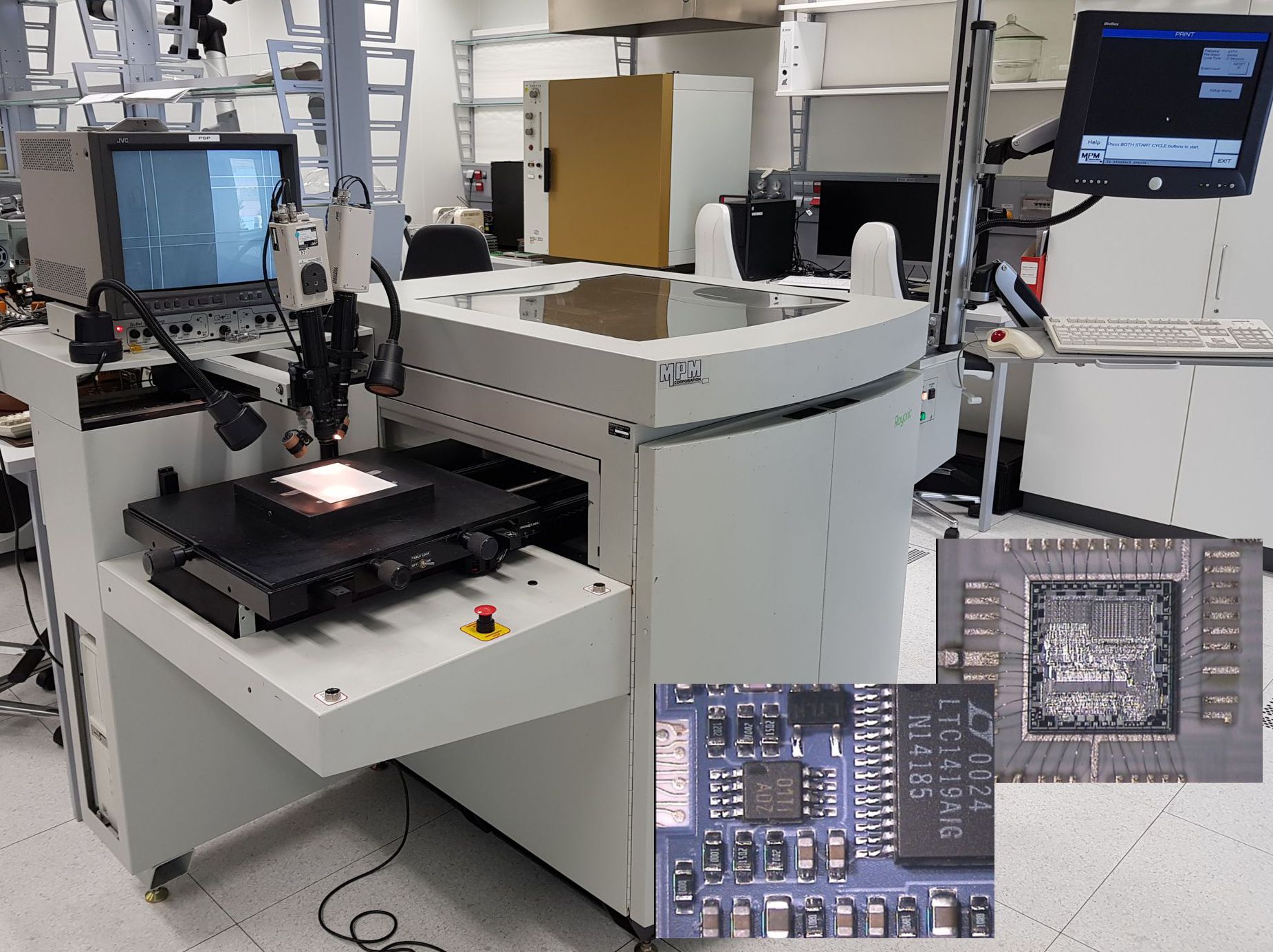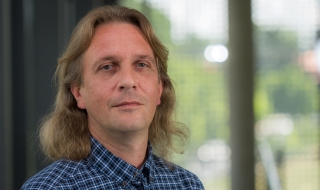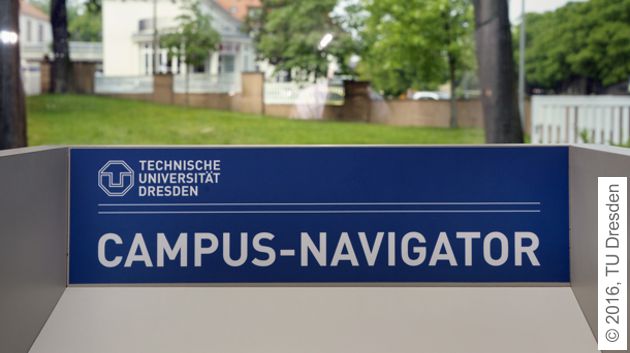
Thick film technology is a method for production of ceramic electronic substrates. It falls between PCBs and thin film technology, based on levels of integration. Typical materials used are aluminum oxide, aluminum nitride and glass. These serve as mechanical substrates for conductor, insulator and resistor pastes. Common conductor materials are gold, silver, platinum and palladium alloys. Ruthenium oxide is used as resistance material. The layers are deposited sequentially by screen printing. The typical layer properties like electrical resistance and adhesion are achieved through a final sintering at temperatures between 500 and 850°C. This technology enables a very simple and flexible manufacturing of multilayer circuits. Electronic devices are mounted with the help of conventional electronic packaging technologies. Sensors and electronic components for extreme conditions are typical applications of thick film hybrids.
Recent and future development of the components concerning their size and pitch make special demands on the structuring of the respective substrates. Thick film technology offers outstanding pre-requisites for this. Challenges are especially the application of paste material realizing lines/spaces of 40µm and below. Material development as well as process development is necessary to realize this. The use of ceramic substrates for micro-fluidic and micro-optical applications as well as demands concerning bio-compatibility of the modules require controlled production processes and a determined material behavior during theses processes an during the whole life-time under specified operating conditions.

